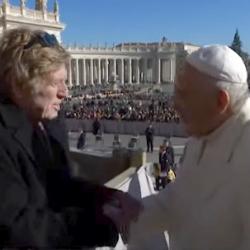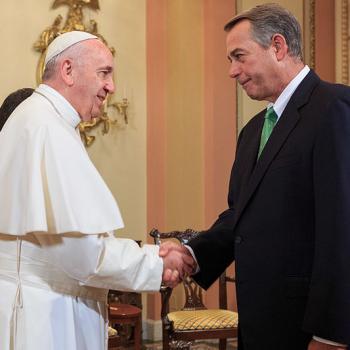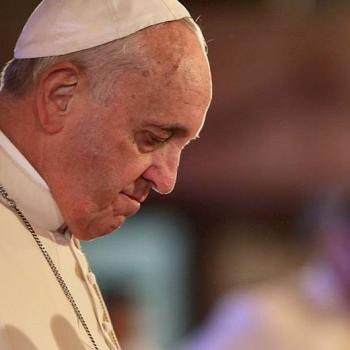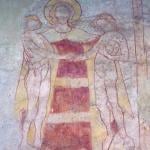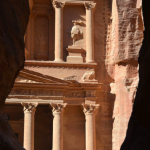The Vatican has released some details of the event — which, significantly, will not include an interfaith prayer service.
From CNA:
Pope Benedict XVI will call people of goodwill to join him in working for peace during a “day of reflection, dialogue and prayer for peace and justice in the world” to be held in Assisi on Oct. 27.
At the start of the year, the Pope announced his plans to celebrate the 25th anniversary of Pope John Paul’s World Day of Prayer from Peace.
The Vatican announced April 2 that it will take place on the exact anniversary of the original event in 1986.
“Pilgrims of truth, pilgrims of peace” is the theme of the encounter to which the Vatican will invite people of good will of all major creeds and none at all to take part.
“Every human being is ultimately a pilgrim in search of truth and goodness. Believers too are constantly journeying towards God: hence the possibility, indeed the necessity, of speaking and entering into dialogue with everyone, believers and unbelievers alike, without sacrificing one’s own identity or indulging in forms of syncretism,” said the Vatican.
John Paul II’s event came under fire for seemingly promoting a united prayer from participants, which critics have said gave mixed signals to the world, blurring the lines between one religion and another. According to the Vatican’s April 2 communique, Pope Benedict’s gathering will not feature communal prayer as part of the agenda.
The Vatican said in the same statement that the event can be thought of as a pilgrimage for truth that will open a dialogue without excluding certain groups, committing all to fraternity and peace.
For this reason, explained the Vatican, “seekers of truth” who are conscious of a shared responsibility for justice and peace but do not belong to any religion will also be invited.
And for context on this event, and why it’s ignited some controversy, you can read about the first Assisi gathering, with Pope John Paul in 1986 here. Among other things:
The event in Assisi added fuel to the fire through some of its more excessive gestures. Some of the city’s churches were allotted for the prayers of Buddhists, Hindus, and African animists, as if these buildings were neutral containers, void of any indelible Christian value. The Buddhists set up a shrine of Buddha on the altar of the local Church of Saint Peter. The absence from Assisi of Joseph Cardinal Ratzinger, the prefect for the Vatican Congregation for the Doctrine of the Faith, was not improperly interpreted as the self-distancing of the cardinal who, by his office, is the custodian of sound Catholic doctrine. The pope himself did not escape criticism. There were those who recalled that in February of that same year, during his voyage to India, he had given speeches of unprecedented openness toward that country’s religions, and at Bombay had even let a priestess of the god Shiva anoint his forehead with a sacred Hindu symbol. A few of those who complained about this were Indian bishops. One of them, from Andra Pradesh, said, “The pope knows Hinduism from books, but we, who live with it and see the damage it does to our good people, would never make certain speeches.”[John Paul II and the Other Religions: From Assisi to “Dominus Iesus” June 18, 2003]
As a consequence, Assisi I & II have been used, on one hand, as fodder by radical traditionalists (along with fundamentalists on the Protestant fringe) to bolster charges of heresy against the ‘post-conciliar’ church (What Should We Make of Assisi I & II?, by Archbishop Lefebvre. Society of St. Pius X). On the other hand, they are held by liberal Catholics as a model of ecumenical and interreligious cooperation, and sometimes even as an inspiration for innovative theologies of religious pluralism.



